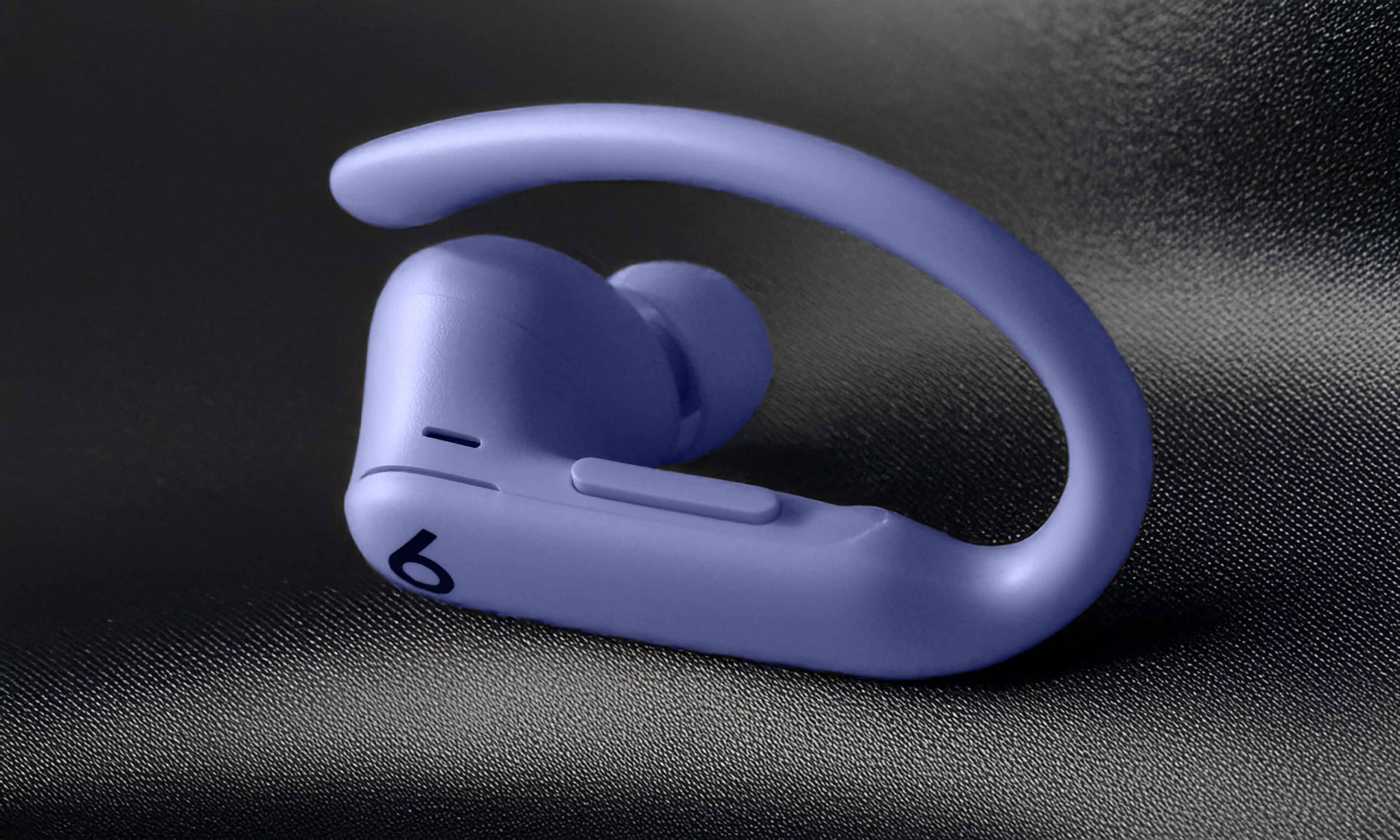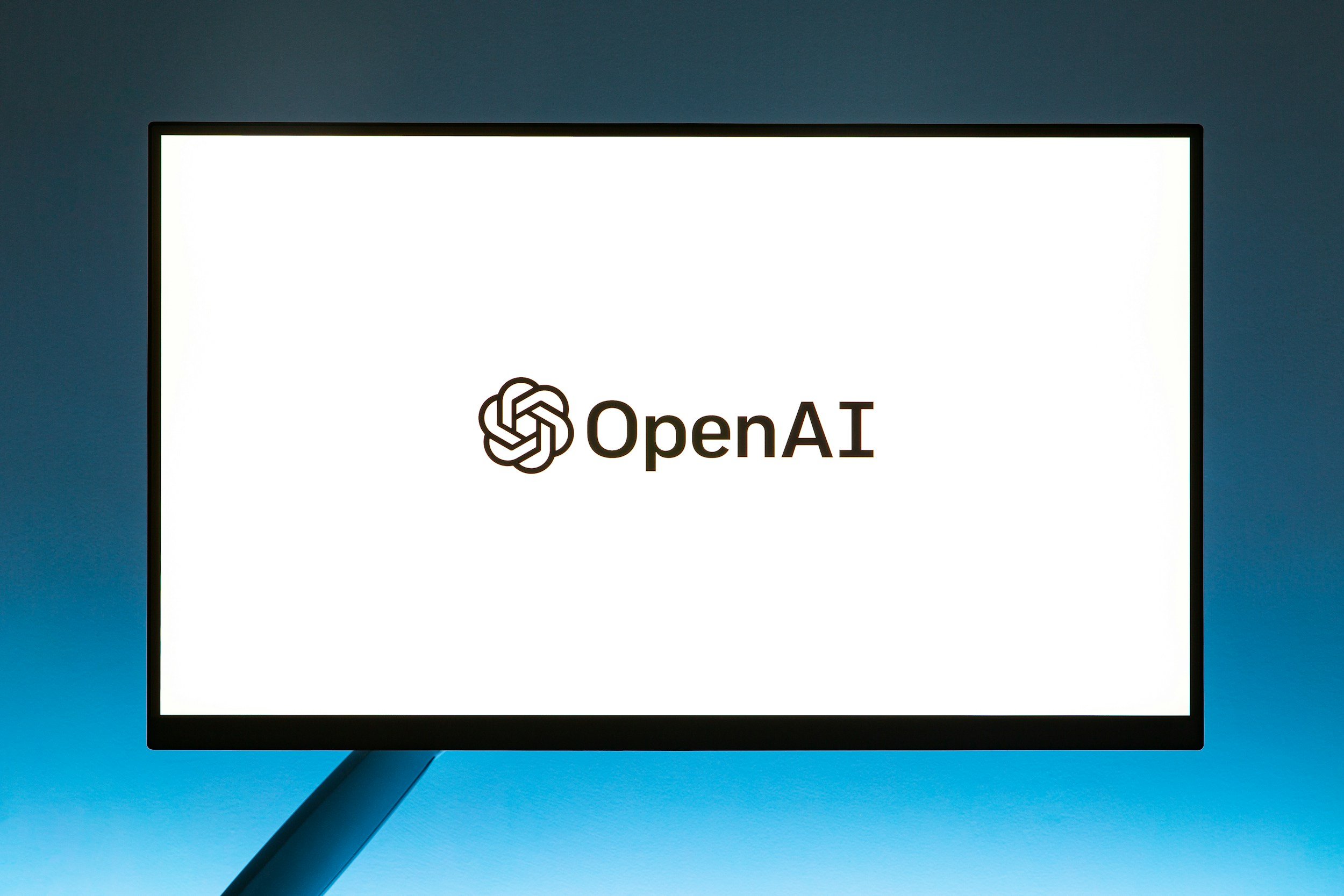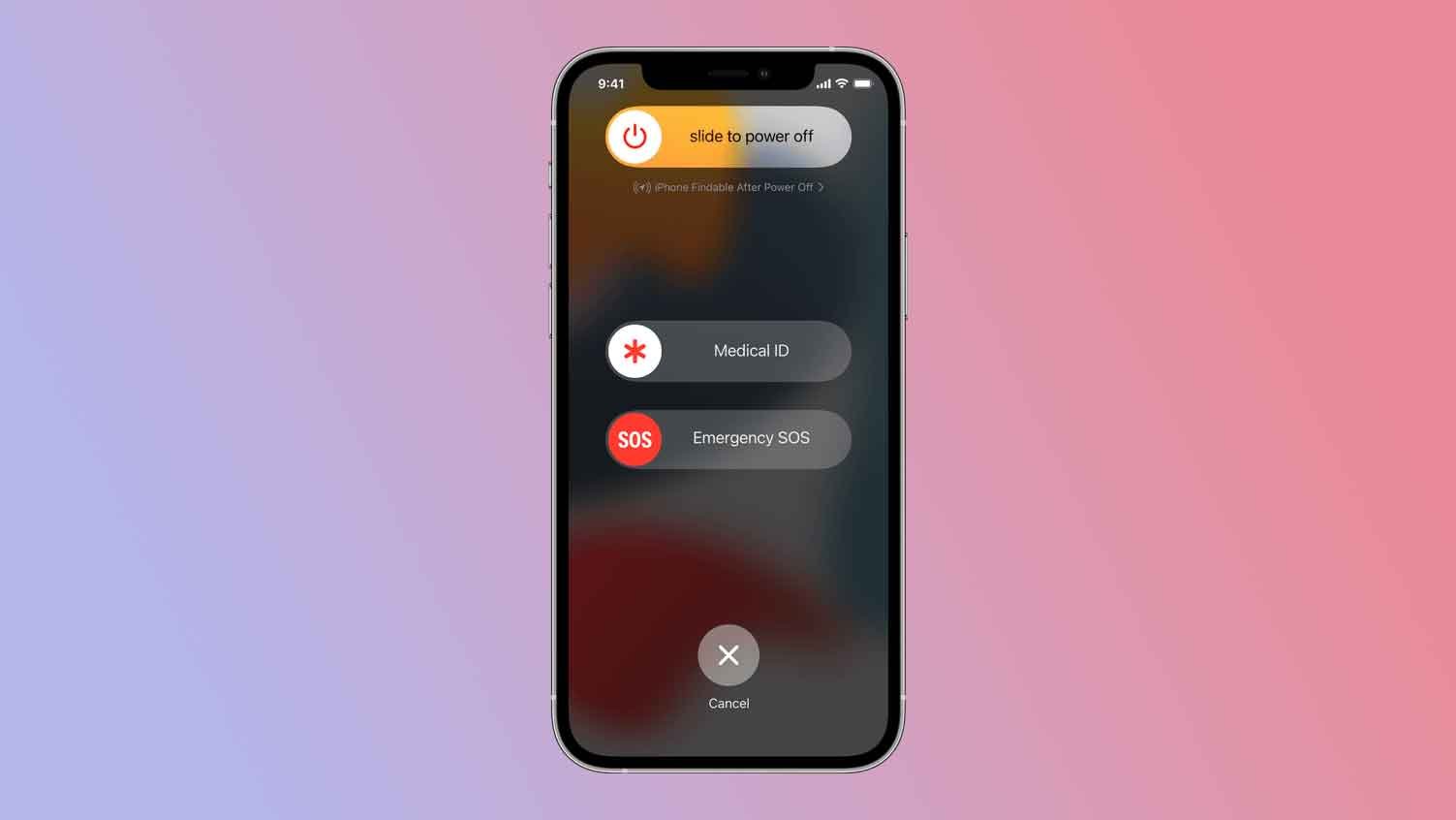How to Factory Reset Your Samsung Galaxy Tablet (For All Models)
When you purchase through links on my site, I may earn an affiliate commission. Here’s how it works.
Table of Contents Show
You are probably here to give your Samsung Galaxy Tab a fresh start with a factory reset, am I right?
So, what exactly is a factory reset? In simple terms, it's like hitting the reset button on your tablet. It wipes out all your personal data, settings, and apps, returning your device to its original, out-of-the-box state. Think of it as a way to give your tablet a clean slate.
But why would you want to do this? Well, there are a few scenarios. Maybe your tablet's been acting up, slowing down, or glitching out. A factory reset can often cure those software issues.
Or perhaps you're getting ready to sell or give away your tablet. You definitely don't want the next owner scrolling through your vacation photos or reading your emails. A factory reset ensures your personal stuff stays personal.
Another reason to factory reset is simply to start fresh. Maybe you've accumulated a ton of apps you don't use anymore, or your home screen has become a cluttered mess. A factory reset can give you that new tablet feeling again.
Alright, now that you understand what a factory reset is and why you might need to do it, let's get into the details of how to actually perform one on your Samsung Galaxy Tab.
How to Back Up Your Samsung Galaxy Tablet
Now that we're on the same page about why you might want to do a factory reset, let's talk about the crucial first step: backing up your data.
You don't want to be caught off guard and lose all your precious memories, contacts, or that super-important work document.
Samsung gives you a few options for backing up, so let's break them down:
1. Samsung Cloud
This is Samsung's own cloud storage service, and it's pretty convenient. It can automatically back up your contacts, calendar, photos, videos, and even some settings.
Just head over to Settings > Accounts and backup > Samsung Cloud to set it up. Keep in mind that you get a limited amount of free storage, so you might need to pay for a subscription if you have a lot of data.
2. Google Account
If you're like most people, your tablet is probably linked to a Google account. The good news is that Google can back up a lot of your stuff too, including contacts, calendar events, photos, and videos.
Make sure the "Back up & sync" option is turned on in your Google settings, and you're good to go. This is usually a solid option, especially if you're already deep in the Google ecosystem.
3. External Storage
This is the old-school method, but it's still reliable. If you have a microSD card, you can easily transfer a lot of your files over. Just connect your tablet to your computer, find your tablet's storage in the file explorer, and drag and drop your files onto the microSD card. You can also do this wirelessly if your tablet supports it.
What to Back Up
Contacts: Check the Contacts app settings. You can often export your contacts as a VCF file, which you can then import later.
Photos and Videos: These are your memories, so make sure they're safe. Usually, you can find a backup option in the Gallery app settings.
Documents: Any important work files, notes, or PDFs should be backed up. If you have documents or other files stored on your tablet, just connect it to your computer and drag and drop them over.
App Data: Some apps let you back up their data, like game progress or settings. Check the individual app settings to see if this is an option.
Don't Forget Your Google Credentials!
Before we move on to the actual reset process, there's one more thing you need to do: write down your Google account email and password. This is super important because you'll need it to set up your tablet again after the reset.
Once you've backed up everything and have your Google credentials handy, you're ready to move on to the next step: the factory reset itself. We'll cover that in detail in the next section.
How Do You Reset a Samsung Galaxy Tab?
Now that your precious data is safe and sound, let's get down to the main event: the factory reset itself.
Samsung actually gives you a couple of ways to do this, so let's walk through both of them:
Method 1: Resetting Through Settings (For Accessible Tablets)
This is the most straightforward method and works if your tablet is still responsive and you can access the settings menu. Here's the play-by-play:
Head to Settings
It's the gear icon in your app drawer or notification shade.
Find the Reset Option
This can be in different places depending on your tablet model and Android version. Look for "General Management" or "Backup and reset." You might have to do a bit of digging, but it's in there somewhere.
Factory Data Reset
Once you've found the reset menu, select "Factory data reset." Your tablet might give you a warning message, reminding you that this will erase everything. If you're sure you've backed up your data, tap "Reset" to confirm.
Let it Do Its Thing
Your tablet will restart and go through the reset process. This might take a few minutes, so grab a coffee and relax.
Method 2: Resetting Through Recovery Mode (For Inaccessible Tablets)
If your tablet is frozen, won't turn on, or you've forgotten your lock screen password, don't worry. You can still factory reset it using recovery mode. Here's how to access it:
Power Off
Make sure your tablet is completely turned off.
Button Combo
Now, this is where things get a little tricky. The button combination to enter recovery mode varies depending on your tablet model. Do a quick Google search for your specific model to find the right combo. Usually, it involves pressing the power button and volume up or down simultaneously for a few seconds.
Recovery Mode
You'll see a screen with a bunch of options. Use the volume buttons to navigate up and down and the power button to select.
Wipe Data/Factory Reset
Find this option and select it. Your tablet will ask you to confirm.
Reset and Reboot
Once the reset is complete, select "Reboot system now."
And there you have it! Your tablet will restart, and you'll be greeted with the setup screen as if it were fresh out of the box. From here, you can restore your backed-up data or start customizing it to your heart's content.
Please note: Using recovery mode might void your warranty in some cases, so proceed with caution. It's really only meant for troubleshooting or when you have no other option.
How to Set Up Your Samsung Galaxy Tablet Again
When you power on your tablet after the reset, you'll be greeted with the familiar setup wizard. This is where you'll choose your language, connect to Wi-Fi, and sign in with your Google account (remember that email and password you wrote down?).
If you use Samsung Cloud, you'll also be prompted to sign in there. This is important for restoring your backups.
Now, the setup wizard will ask you a bunch of questions and give you options for customizing your tablet. You can choose your wallpaper, set up fingerprint or facial recognition, and tweak other settings to your liking.
Take your time, personalize it to your heart's content, and make this tablet yours.
How to Restore Your Backed-Up Data on Your Samsung Galaxy Tablet
Now for the moment of truth: getting your data back. The method you used to back up your data will determine how you restore it.
Samsung Cloud
If you used Samsung Cloud, the restore process is pretty seamless. During setup, you'll be asked if you want to restore from a backup. Select your most recent backup, and your tablet will start pulling in your data.
Google Account
Your contacts, calendar events, and some settings should automatically sync back to your tablet once you've logged into your Google account. For photos and videos, you can use the Google Photos app to restore them from the cloud.
External Storage
If you backed up your data to a microSD card or your computer, simply connect the card or your tablet to your computer and copy the files back over.
Restoring your data might take a while, especially if you have a lot of photos and videos. Just be patient and let your tablet do its thing. You might also need to re-download some apps that weren't backed up, but at least it's a good excuse to clean up your app drawer and get rid of any unused ones.
Why Is My Samsung Galaxy Tablet Not Working?
Hopefully, your factory reset went off without a hitch, and you're enjoying that fresh-out-of-the-box feeling. But as with anything tech-related, sometimes a few hiccups can pop up after the fact. Don't sweat it, though – we’ll fix it. Let's tackle some common post-reset issues and get you back on track.
Google Account Verification Issues
This one can be a head-scratcher. You've entered your Google account credentials, but your tablet's giving you the cold shoulder. Usually, this is due to a security feature called Factory Reset Protection (FRP). It's there to prevent thieves from easily wiping and using stolen devices.
The Fix:
If you're the rightful owner, just wait it out. Google sometimes needs a little time to verify your account after a reset. Give it 24-72 hours, and try signing in again. If you're still having trouble, try resetting your Google password or contacting Google support for help.
Where's My Data? (Data Restoration Issues)
You followed all the steps, backed up your data, and did the reset, but now some of your files are missing in action. What gives?
The Fix:
Check Your Backup
Make sure you actually backed up the data you're looking for. Double-check your Samsung Cloud or Google account settings to see what was included in the backup.
Restore Again
If you're sure you backed up everything, try restoring your data again. Sometimes, the process can glitch out, and a second attempt does the trick.
Manual Transfer
If you backed up to an external device, make sure you've transferred all the files back to your tablet. It's a bit tedious, but it's the most reliable way to ensure you've got everything.
App Issues
Some apps might not restore their data automatically. You might need to sign in to the app again or check its settings to see if there's a restore option.
Other Quirks
You might encounter a few other minor issues after a factory reset, like apps not working correctly or settings that didn't get restored. Most of the time, simply updating your apps, restarting your tablet, or tinkering with the settings can resolve these problems.
If all else fails, don't hesitate to reach out to Samsung support. They can often help you troubleshoot and get your tablet back to its former glory.
Wrapping Up
Alright, that wraps up this guide on how to factory reset your Samsung Galaxy Tab. We've covered the what, the why, and the how, from backing up your precious data to navigating the sometimes-tricky setup process.
At the end of the day, a factory reset is a powerful tool to have in your tech arsenal. It can breathe new life into a sluggish tablet, fix software issues, and give you that clean-slate feeling. It's not something you want to do every day, but when you need it, it's there for you.
Now, I want to hear from you. Have you ever had to factory reset your tablet? What was your experience like? Did you run into any unexpected challenges? Or maybe you have some pro tips to share with the community. Drop your thoughts, questions, and experiences in the comments below.
And if you found this guide helpful, don't forget to subscribe to my tech newsletter. I'll keep you up-to-date on the latest tech news, reviews, and how-to guides.
Thanks a lot for reading! See you around.
FAQ
-
Yes! That's the whole point. A factory reset wipes your tablet clean, returning it to its original, out-of-the-box state. That's why it's absolutely crucial to back up all your important data beforehand.
-
Yes, you can! If you can't access your tablet normally, you can use the recovery mode method to perform a factory reset. Just remember, the button combination to enter recovery mode varies depending on your tablet model, so be sure to look it up.
-
First, double-check that you've selected the correct backup and that you have a stable Wi-Fi connection. If you're still having problems, try restarting your tablet or contacting Samsung or Google support for help.
-
It can fix a lot of software-related issues, like slow performance, app crashes, or glitches. However, it won't solve any hardware problems your tablet might have.
-
As long as you've backed up your data, it's perfectly safe. Just keep in mind that a factory reset is irreversible, so make sure you really want to wipe your tablet clean before proceeding.
-
There's no set schedule. You should only do it when you need to troubleshoot a problem, prepare your tablet for sale, or if you just want a fresh start.
MOST POPULAR
LATEST ARTICLES





















